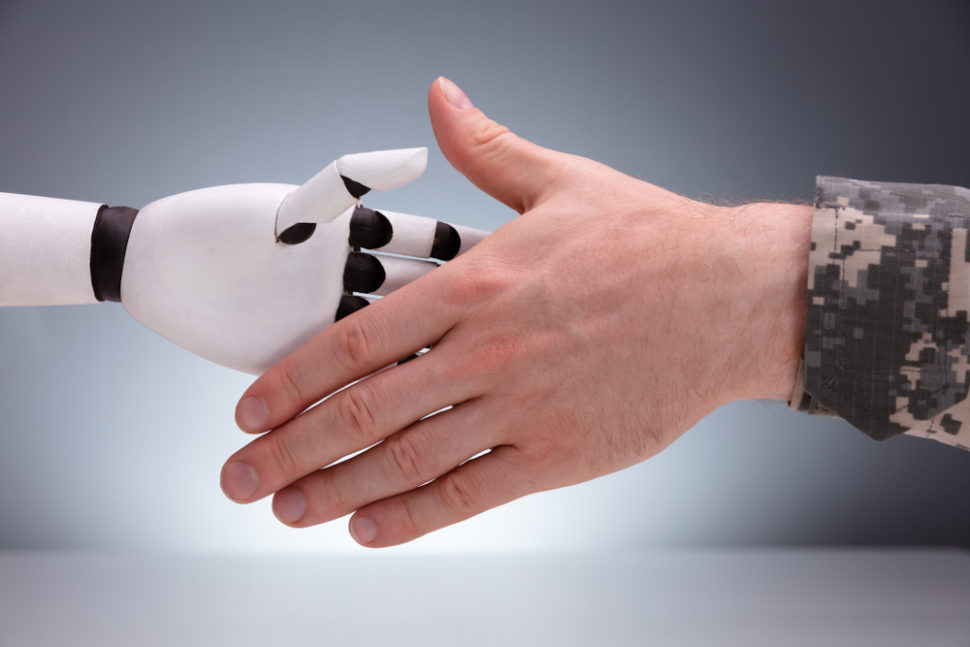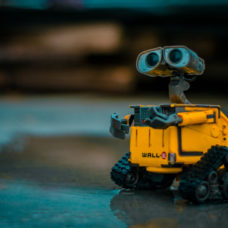Robots are increasingly coming in close contact with humans. And now, a new synthetic skin could bring them closer to sensing and responding to any physical contact.
According to the International Federation of Robotics, manufacturers across the globe used nearly 85 industrial robots per 10,000 employees. What’s more, the global supply of industrial robots will increase by 14 percent every year until 2021.
As more machines work with human colleagues, it raises a concern about safe interactions.
Unlike humans, robots are hard, and they can exert a tremendous amount of force. As such, tactile sensation and an awareness of their surroundings are necessary to prevent severe injuries to human employees.
Speaking to CNN, a robotics expert at the Italian Institute of Technology, who wasn’t part of the research, Chiara Bartolozzi said:
“Touch enables safe robot operation by detecting contact with unseen obstacles and giving the possibility to apply the correct force for achieving a task, without damaging objects, people, and the robot itself.”
That’s what the new artificial skin promises.
Creating An Synthetic Skin With Tactile Sensation
The researchers designed the synthetic skin to mimic human skin.
Five million receptors on our skin register the activities on the body surface and send the data to the brain. In order to avoid overwhelming the brain with too much information, the nervous system prioritizes new sensations.
Mimicking this natural process, the researchers spread over 13,000 sensors across the body of a human-size autonomous robot. Along with tactile sensation, the sensors could detect pressure, temperature, proximity as well as acceleration.
“These are fundamental to sense in humans… [they] are what make interactions between human and human very safe,” Cheng points out.
Like the human nervous system, the new sensors only send signals when individual cells are activated. That way, it requires less computing power, and the system is not overloaded with data.
By making interaction with robots safer, the synthetic skin opens up new potential applications for machines. For example, it could enable the future of robots as health workers, companions, and caregivers.


















Comments (0)
Least Recent